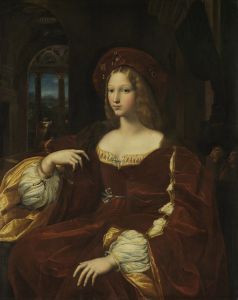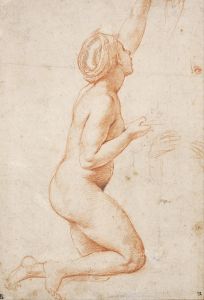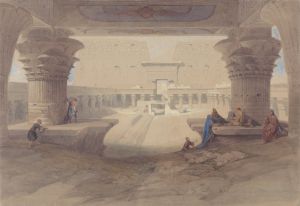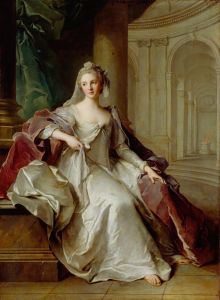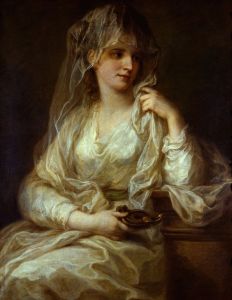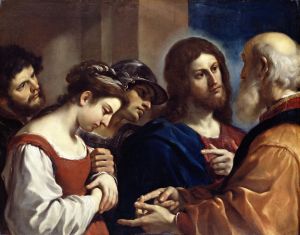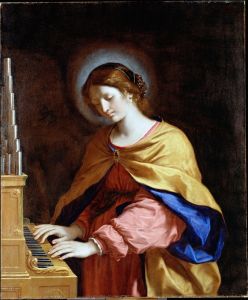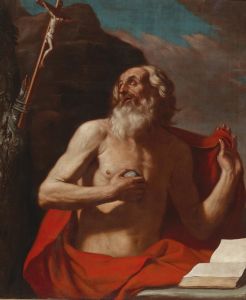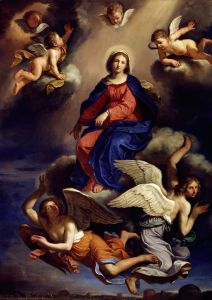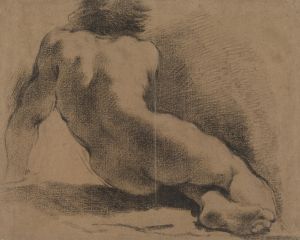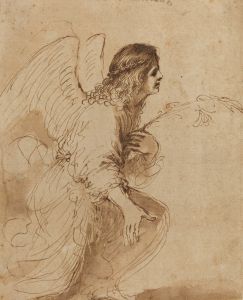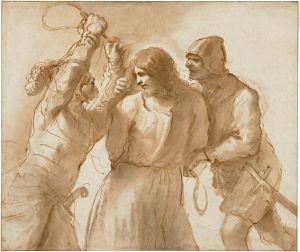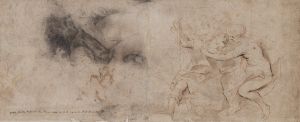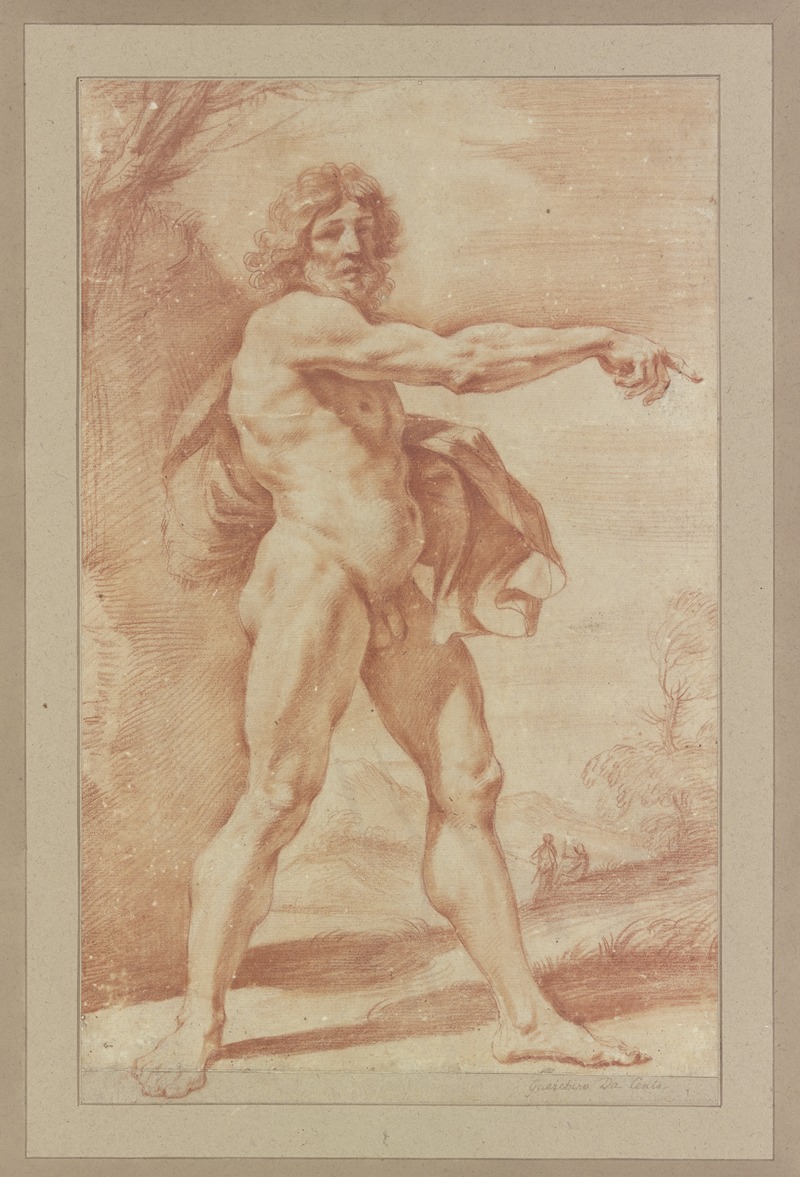
Nackter Mann, ein Gewand unter dem Arm tragend, nach rechts zeigend
A hand-painted replica of Guercino’s masterpiece Nackter Mann, ein Gewand unter dem Arm tragend, nach rechts zeigend, meticulously crafted by professional artists to capture the true essence of the original. Each piece is created with museum-quality canvas and rare mineral pigments, carefully painted by experienced artists with delicate brushstrokes and rich, layered colors to perfectly recreate the texture of the original artwork. Unlike machine-printed reproductions, this hand-painted version brings the painting to life, infused with the artist’s emotions and skill in every stroke. Whether for personal collection or home decoration, it instantly elevates the artistic atmosphere of any space.
Nackter Mann, ein Gewand unter dem Arm tragend, nach rechts zeigend (Naked Man, Carrying a Garment Under His Arm, Pointing to the Right) is a drawing by the Italian Baroque painter Giovanni Francesco Barbieri, known as Guercino. Guercino, whose nickname means "squinter" due to an eye defect, was born on February 8, 1591, in Cento, a town in the Emilia-Romagna region of Italy. He was a prominent figure in the Baroque period, known for his dynamic compositions and expressive use of light and shadow.
The drawing, created with pen and ink, showcases Guercino's mastery in capturing the human form and his skillful use of chiaroscuro, a technique that contrasts light and dark to give the illusion of volume in modeling three-dimensional objects and figures. The subject of the drawing is a nude male figure, who is depicted in a dynamic pose, pointing to the right while carrying a garment under his arm. The figure's musculature and the folds of the garment are rendered with meticulous detail, highlighting Guercino's keen observation of anatomy and drapery.
Guercino's works often featured religious and mythological themes, and his drawings were highly regarded for their preparatory nature, serving as studies for his larger paintings. This particular drawing is believed to be a study for a larger composition, although the exact painting it was intended for is not definitively identified. The drawing reflects the influence of classical sculpture and the works of earlier Renaissance artists, which Guercino studied and admired.
Throughout his career, Guercino received numerous commissions from prominent patrons, including the Pope and various members of the Italian nobility. His works were characterized by their emotional intensity and dramatic use of light, which were hallmarks of the Baroque style. Guercino's ability to convey movement and emotion through his drawings and paintings earned him a significant reputation during his lifetime.
The drawing "Nackter Mann, ein Gewand unter dem Arm tragend, nach rechts zeigend" is part of Guercino's extensive body of work, which includes numerous drawings, paintings, and frescoes. His works are held in high esteem and can be found in major art collections and museums around the world, including the Louvre in Paris, the National Gallery in London, and the Uffizi Gallery in Florence.
Guercino continued to produce art until his death on December 22, 1666. His legacy endures through his contributions to the Baroque movement and his influence on subsequent generations of artists. The drawing of the naked man remains a testament to Guercino's skill as a draftsman and his ability to capture the human form with both precision and expressive power.





